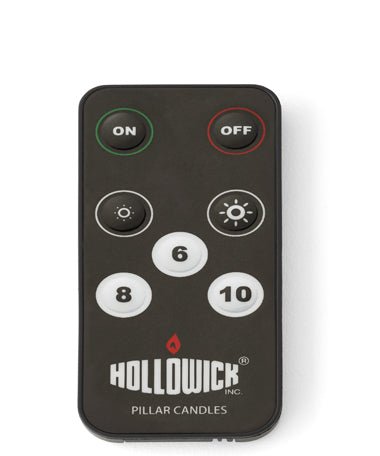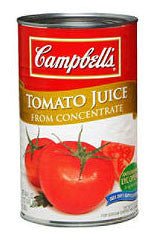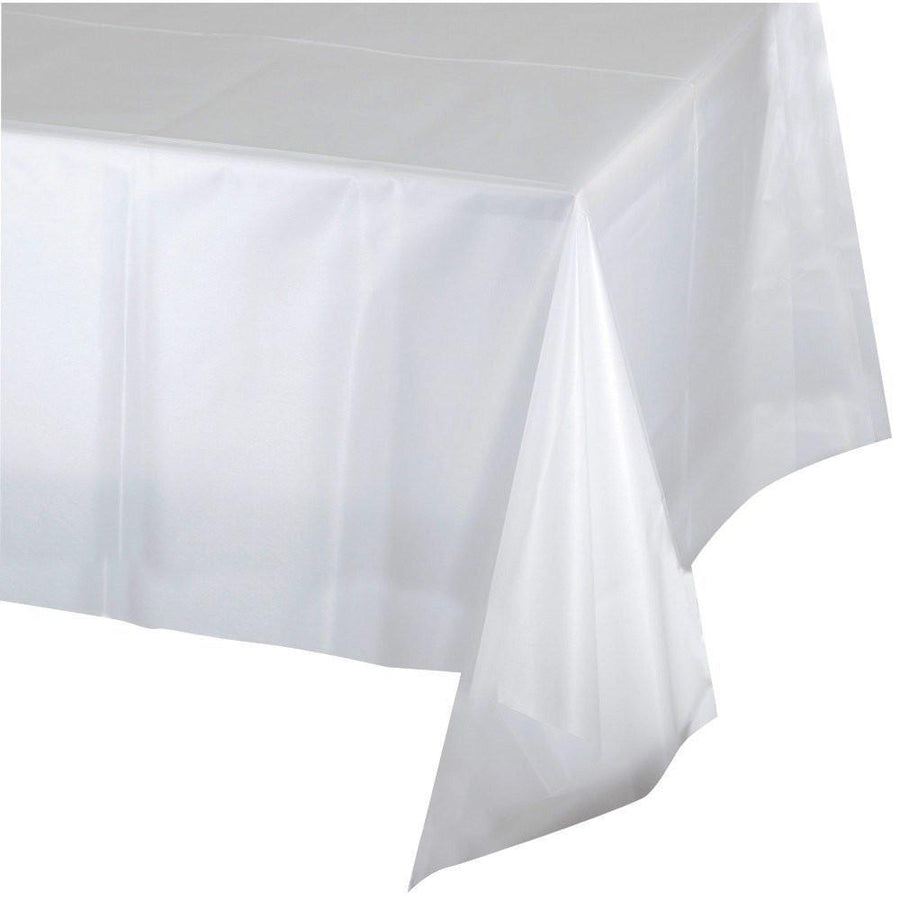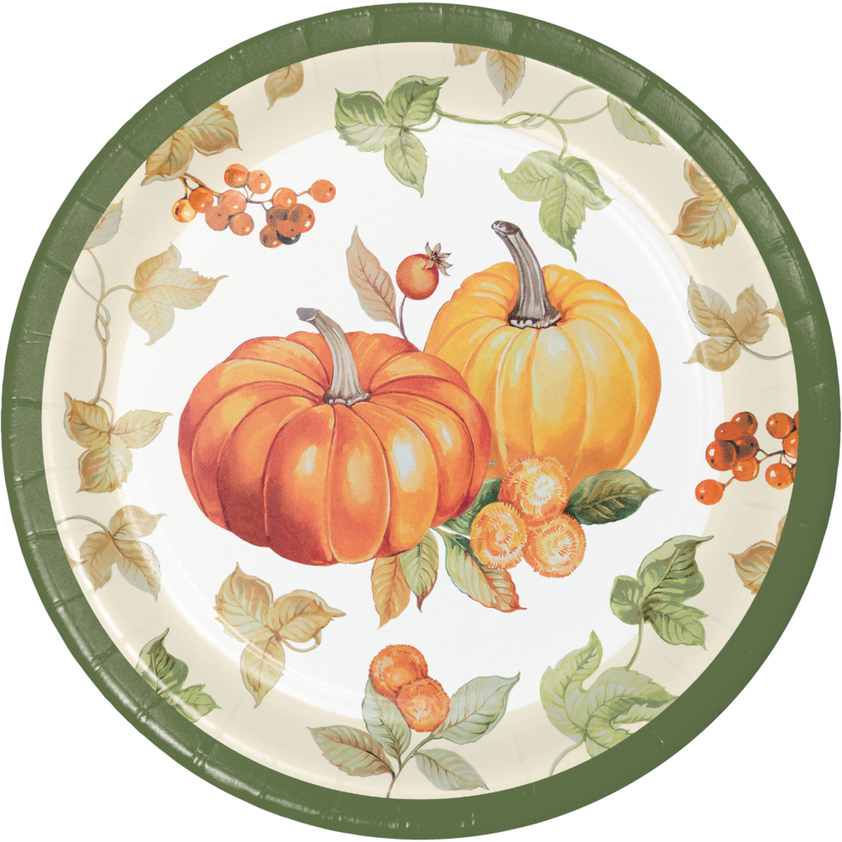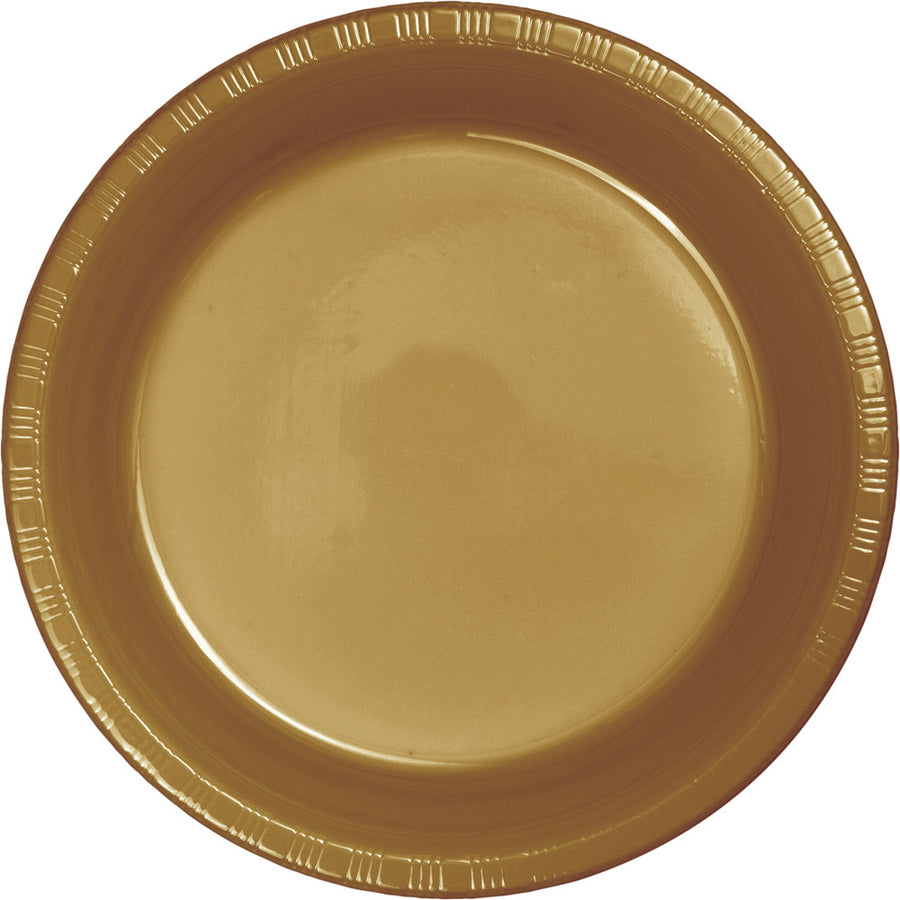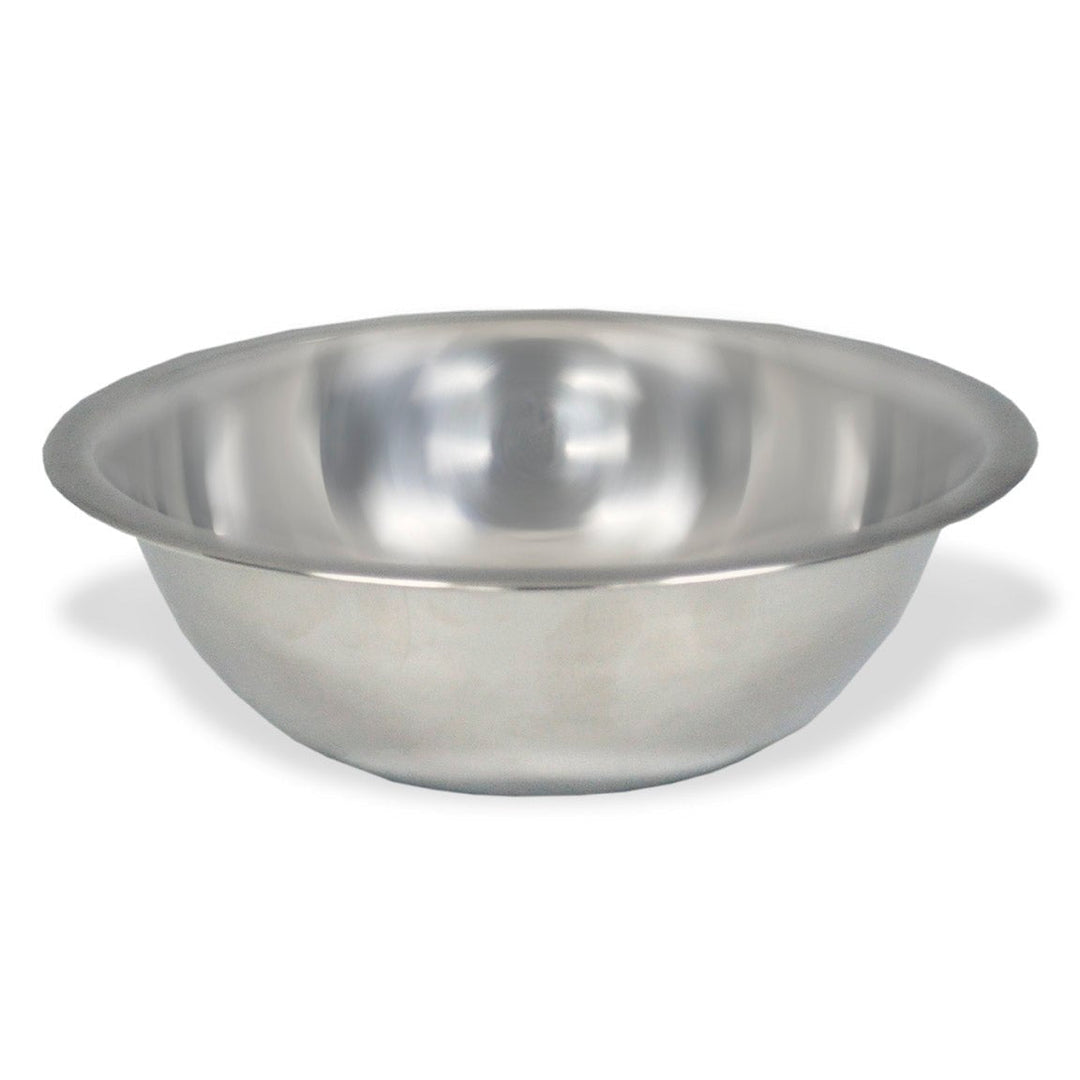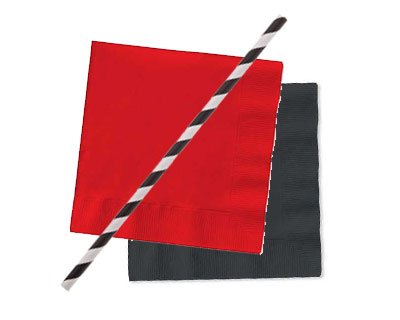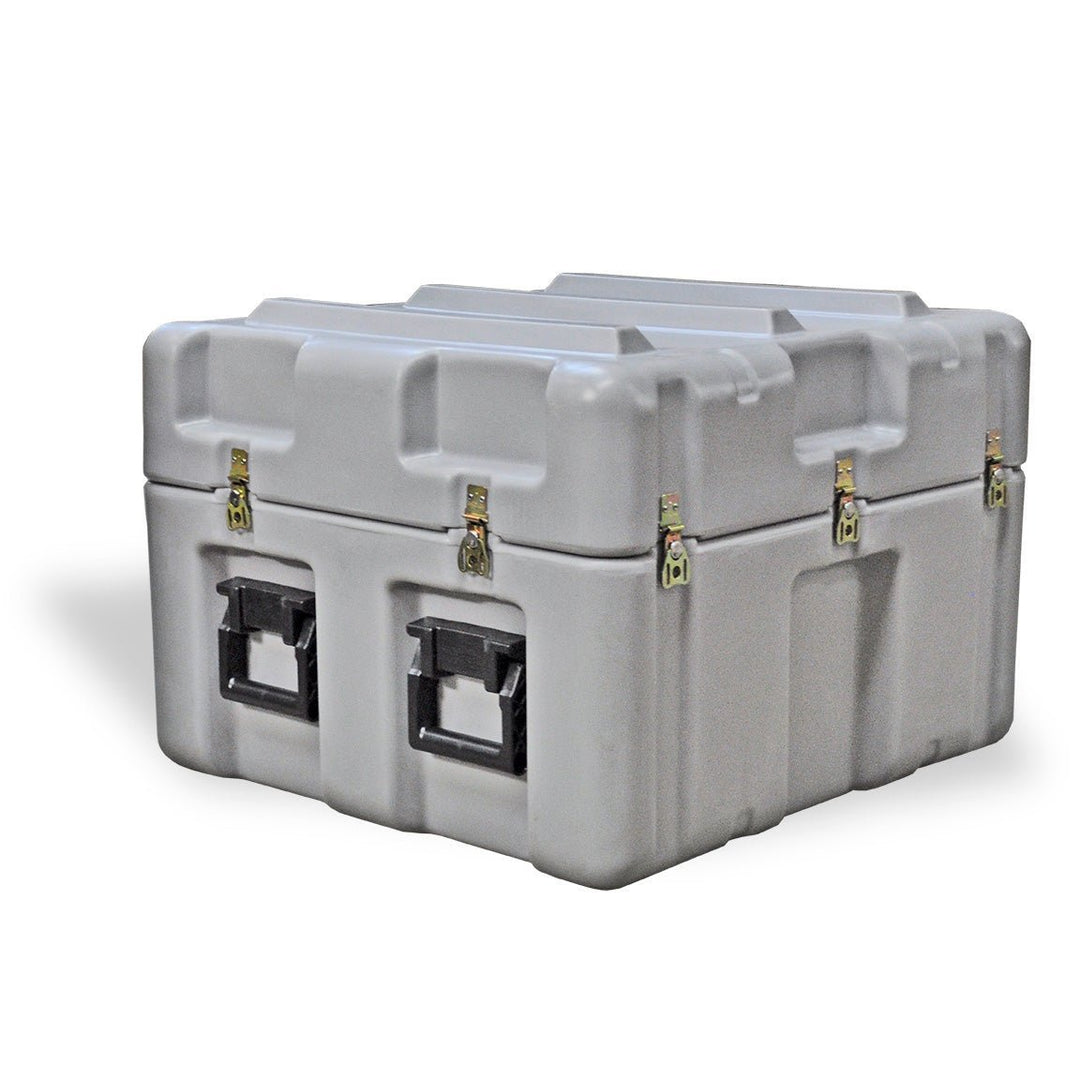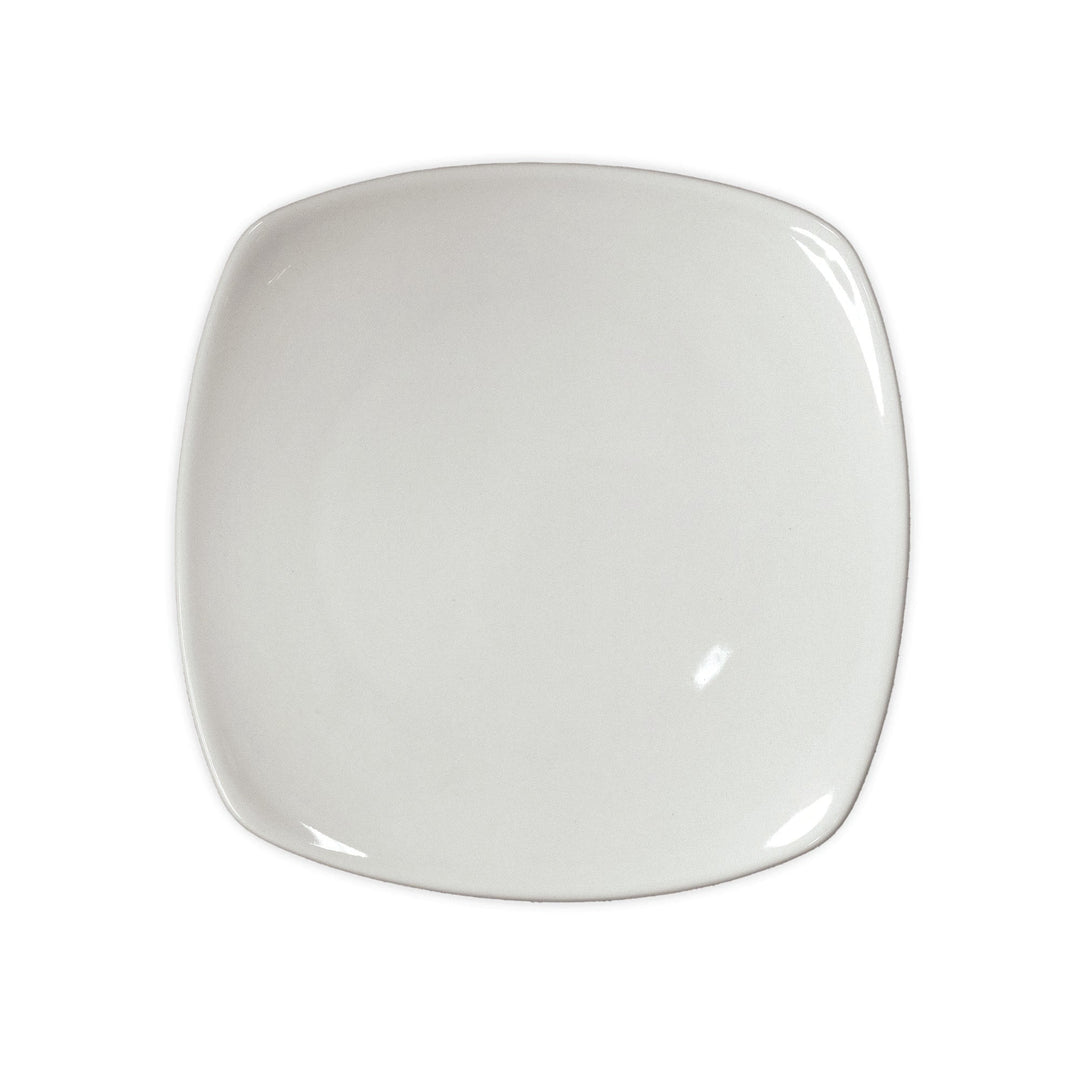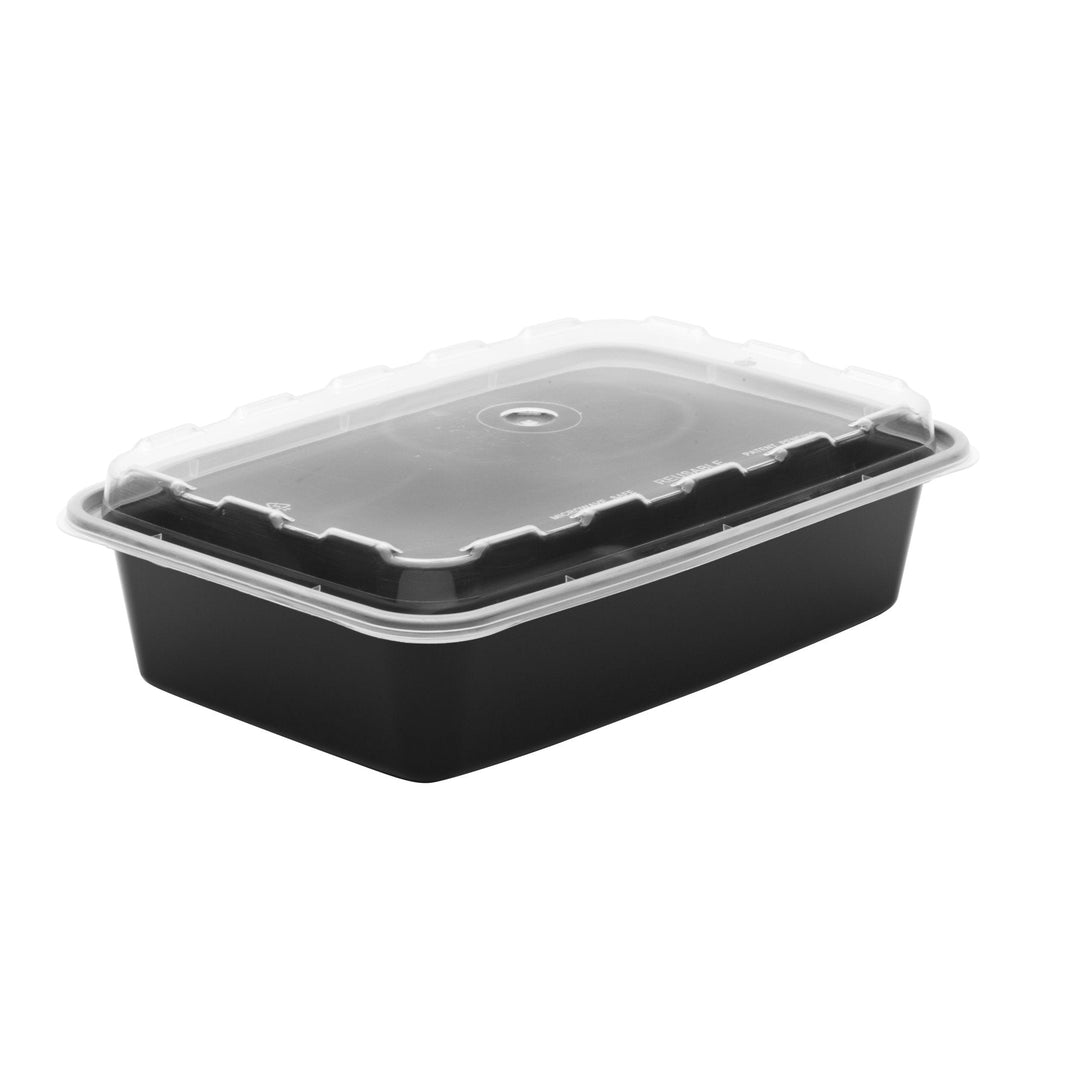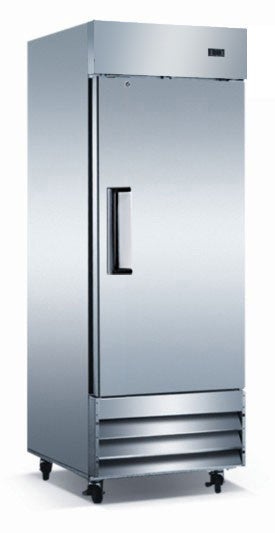Commercial Fryer Buying Guide
Commercial Fryer Buying Guide
Understanding the Different Types of Commercial Fryers

1. Tube Fryers (Gas)
A tube fryer is one of the most versatile fryers on the market. As the name suggests, there are a series of tubes that carry gas through pipes inside the frypot. The tubes run along the entire length of the fryer basin. When the fryer is filled with oil, these tubes can be used to heat the fryer more evenly. Because the tubes are at the bottom, this creates more room in the oil chamber for frying.
Pros of Tube Fryers
A tube fryer is one of the most versatile fryers on the market. As the name suggests, there are a series of tubes that carry gas through pipes inside the frypot. The tubes run along the entire length of the fryer basin. When the fryer is filled with oil, these tubes can be used to heat the fryer more evenly. Because the tubes are at the bottom, this creates more room in the oil chamber for frying.
Cons of Tube Fryers
The round tubes that heat the oil are expansive and because of their shape, they can be difficult to clean. Also, inside of the tube, there are baffles, which are designed to produce maximum heat transfer. Baffles may weaken over time. This can be a costly fix and will end up causing more gas production, increasing your energy use.
2. Open-Pot Fryers (Gas)
An open-pot fryer is very similar to the structure of the tube fryer. Rather than the tubes being inside of the oil basin, they are placed on the tank’s exterior.
Pros of Open-Pot Fryers
Unlike the tube model, the tubes remain outside of the basin, which means that no oil ever touches them. This can make for an easier cleaning maintenance from the back of the house. Also, this creates a larger basin for frying.
Cons of Open-Pot Fryers
While the tubes being outside of the pot can create a larger basin, it can make the unit a bit less energy efficient. Because the heating tubes are not in constant contact with the oil, they need to use more energy to get the basin and oil hot.
3. Flat-Bottom Fryers (Gas)
Flat-bottom fryers are designed with a flat bottom, rather than a “V” shape. The heating elements are positioned underneath the flat-bottom. In this style of fryer, you do not have to use baskets to house the items that you are cooking. This fryer allows you to drop in the items directly into the oil basin. They will sink, cook, then rise to the top when they are about done.
Pros of Flat-bottom Fryers
Flat-bottom fry pots are the best option for battered foods. Because you do not need to use baskets, the food can float freely in the oil without the worry of it clinging to the basket. This can be an optimal choice for food trucks or restaurants that serve funnel cakes, donuts, onion rings, or anything that is battered and fried.
Cons of Flat-bottom Fryers
Food fried in a flat-bottom fryer floats around freely, which can take up space fairly quickly. Because there is really no control of the items you are frying, this fryer isn’t suited for high-volume cooking.
4. Electric Frypots
Electric fryers can closely mimic tube-type fryers but can be more energy efficient. Because gas cannot be directly exposed to oil, the heating elements in a tube-type fryer have to be concealed and welded inside of a tube, then submerged in oil. With electric fryers, the heat can be directly in contact with the oil, which makes this style one of the most heat-efficient.
Pros of Electric Frypots
This style of fryer is the most energy efficient on the market. Because it uses electricity rather than gas, it can contact and heat oil much quicker and also recover faster than a gas style burner. Typically, electric fryers are the easiest to clean as the elements swing up, allowing full access to the frypot.
Cons Electric Frypots
Depending on the location of your restaurant, the cost of electric utility may be more than the cost of gas.
5. Specialty Fryers (Gas or Electric)
Electric fryers can closely mimic tube-type fryers but can be more energy efficient. Because gas cannot be directly exposed to oil, the heating elements in a tube-type fryer have to be concealed and welded inside of a tube, then submerged in oil. With electric fryers, the heat can be directly in contact with the oil, which makes this style one of the most heat-efficient.
Pros of Specialty Fryers
If your restaurant doesn’t need a large or multi-use fryer, a specialty fryer might be the best choice. You can get a model for exactly what your restaurant uses, creating the most efficiency for your kitchen.
Cons of Specialty Fryers
Because these fryers serve a specific purpose, they can limit your frying options and capabilities. If you want to expand your fried food menu, you might need to invest in another more versatile fryer.

Which Commercial Fryer is Right for You?


